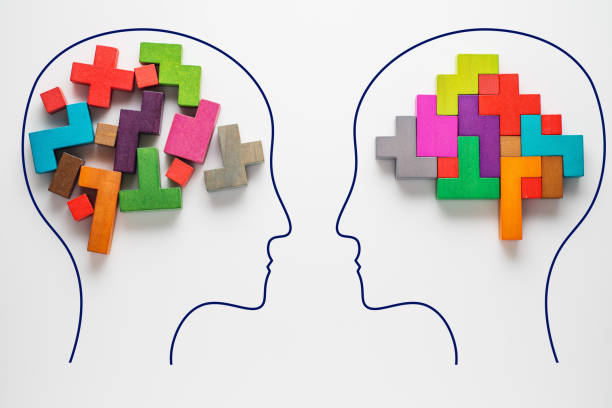What an IQ Test Measures: Understanding Intelligence and Thinking
IQ tests are standardized assessments designed to estimate certain mental capabilities, not to define a person’s worth. They measure a mix of problem-solving, pattern recognition, verbal reasoning, and memory skills that researchers and clinicians use to profile cognitive strengths and weaknesses. Results can inform education planning, clinical evaluations, or personal curiosity, but their meaning depends on context, test design, and proper interpretation.

What do IQ tests measure?
IQ tests typically sample several domains of mental function rather than a single ability. Common components include verbal comprehension, working memory, perceptual reasoning, and processing speed. Scores are normalized against an age group so an individual’s result reflects how they compare statistically to peers. While these tests can highlight specific cognitive abilities, they do not capture creativity, emotional intelligence, practical skills, or motivation, which are important parts of overall functioning.
How does IQ relate to intelligence?
Intelligence is a broad, debated concept encompassing learning, reasoning, adaptability, and problem-solving. IQ tests aim to quantify facets of intelligence, especially analytical and logical reasoning, but they represent only one operational definition. Many psychologists view IQ as a useful predictor for academic achievement and some job performance, yet it remains imperfect. Cultural background, educational opportunities, and test familiarity all influence scores, so interpreting IQ requires nuance and attention to context.
What are cognitive abilities tested?
Cognitive abilities assessed on IQ tests include fluid reasoning (novel problem-solving), crystallized knowledge (acquired facts and vocabulary), working memory (holding and manipulating information), and processing speed (quick, accurate responses). Subtests use puzzles, pattern sequences, word problems, and memory tasks to sample these skills. Test batteries vary, with some designed for children, others for adults, and specialized versions for clinical use. This diversity helps professionals tailor assessments to the question at hand.
How does the brain support test performance?
Brain structures and networks underlie the abilities measured by IQ tests. Frontal regions contribute to planning and working memory, parietal areas help with spatial reasoning, and temporal lobes support verbal knowledge. Efficient communication between networks, including attention and executive control circuits, supports complex thinking. Neuroplasticity means targeted practice and education can improve some cognitive skills, but baseline abilities, health, and age also play roles. Results reflect both brain function and life experiences.
Can IQ tests reveal thinking patterns?
IQ scores and subtest profiles can suggest preferred thinking patterns, such as strengths in visual reasoning versus verbal reasoning or quick processing versus deliberate analysis. Clinicians and educators often use this information to adapt teaching strategies or identify learning differences. However, an IQ test is a snapshot—thinking patterns are multifaceted and shaped by personality, culture, and environment. Combining test data with observational and functional assessments gives a clearer picture of how someone approaches problems and learns.
This article is for informational purposes only and should not be considered medical advice. Please consult a qualified healthcare professional for personalized guidance and treatment.
Conclusion
IQ tests offer a structured way to evaluate certain cognitive abilities and provide useful data for education, clinical assessment, and self-understanding. They measure specific components of intelligence rooted in brain function, but they are not exhaustive measures of a person’s potential, creativity, or value. Interpreting results thoughtfully — considering background, test type, and broader context — yields the best insights into thinking patterns and learning needs.






